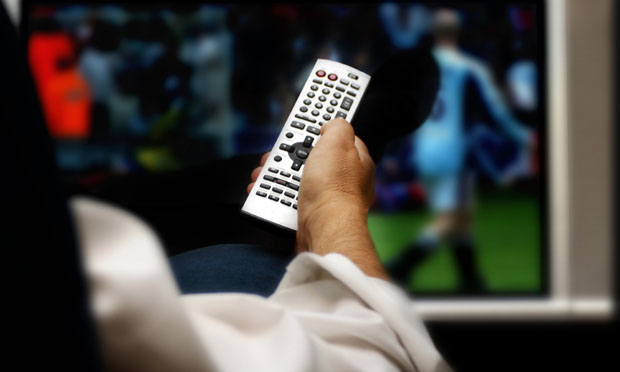The time when heavy appliances dominated home energy use seems almost as remote as the era of gaslights and streetcars. Today our homes’ electric outlets have never been more sought after — computers, printers, modems, set-top boxes, and endless chargers all clamor for power — leaving refrigerators and washers as small players in the utility bill we receive.
A 2011 report by the United Kingdom’s Energy Saving Trust, “The Elephant in the Living Room: How Our Appliances and Gadgets are Trampling the Green Dream,” looks at home energy trends since the publication of the organization’s 2006 publication, “The Rise of the Machines.” The latest study involved long-term monitoring of 240 demographically diverse households to understand current power consumption, future trends and consumer attitudes. While the findings are based on research in the UK, they have broad implications.
The reports’ findings include:
- The number of electrical appliances in the typical home has tripled since the 1970s, from under 20 to nearly 60. Refrigerators, washing machines, and irons once typified home devices; these have been joined by entertainment systems, lawn-care devices, air conditioning, and much more.
- On average, home appliances have grown 2% more efficient annually. Most gains have been in traditional categories such as refrigeration — new models use about 33% less electricity than ones sold 15 years ago — and lighting. The exception are flat-screen TVs, which can use as much as four times the electricity of the CRT-based models they replace.
- Many of the new devices in homes draw electricity constantly, even when they’re ostensibly “off.” These devices include TVs, set-top boxes, or anything with a digital clock — a microwave, for example. The International Energy Agency’s 1-Watt Initiative suggests 1-watt energy use in standby mode, but this applies only to new devices; older televisions can use 3 or more watts when not on.
- The enormous increase in the number of domestic appliances and rise in those that consume power even when on standby has wiped out the savings from gains in energy efficiency. Electricity consumption by consumer electronic goods alone increased more than 600% between 1970 and 2009.
These trends have continued despite the economic crisis, the authors note: “Our hunger for smart phones and tablet computers, games consoles and e-readers, giant fridges and large washing machines, seems to trump even uncertain employment and shrinking disposable incomes.” The report goes on to make recommendations on how the United Kingdom can manage electrical usage trends and meet its commitment to reduce greenhouse gas emissions 34% by 2020 and 80% by 2050.
Kyewords: consumer affairs, fossil fuels, technology, mobile tech


Expert Commentary